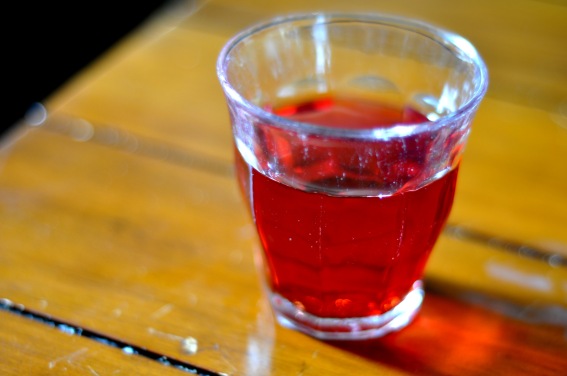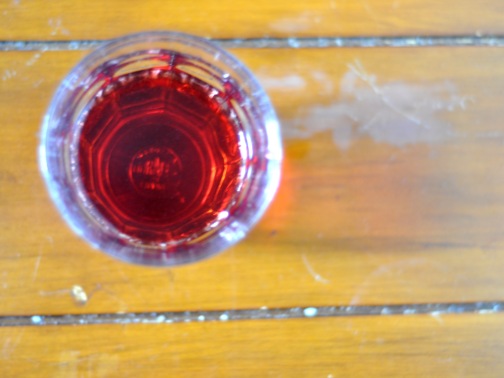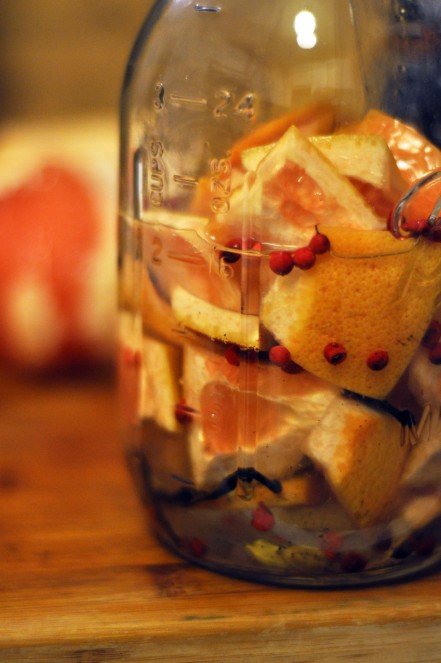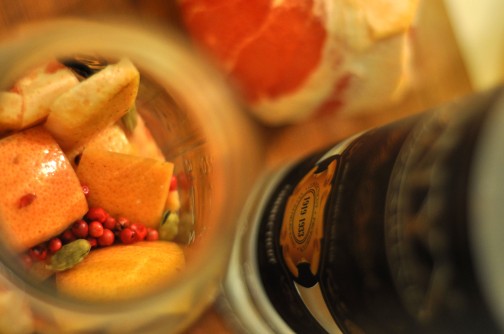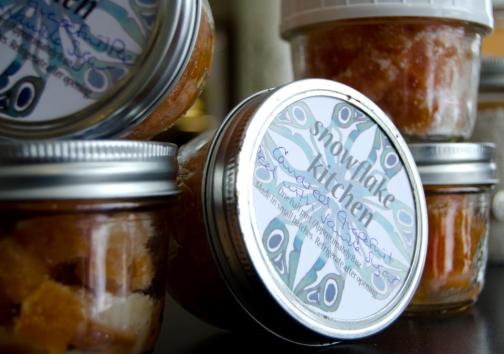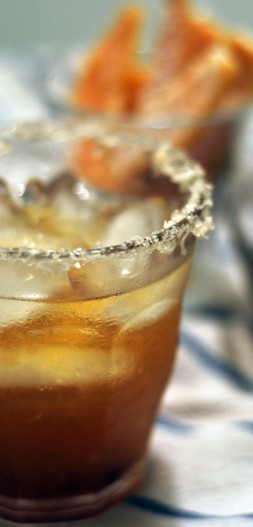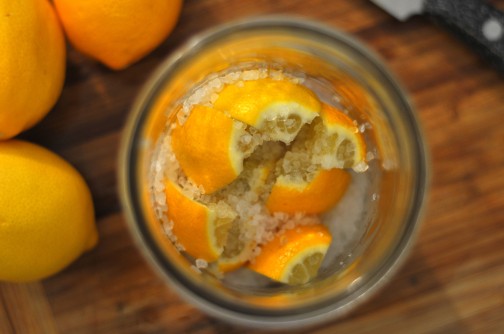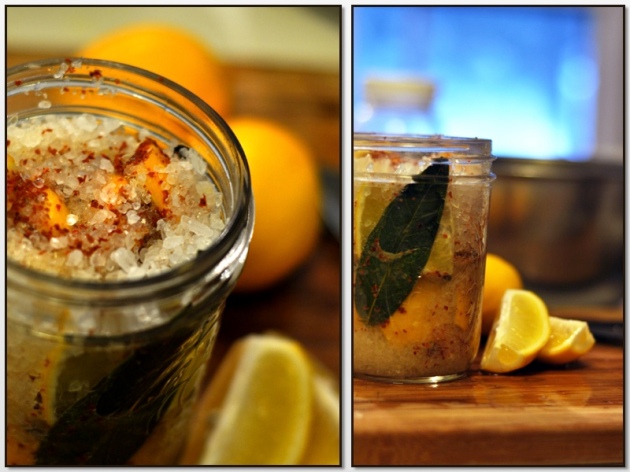No Waste Strawberry Cordial
June 29, 2013 5 Comments
Has it really been a month? In my defense, I moved house and home (and jars) since we last spoke. Now I am in the unpacking stage, which is really more difficult and time-consuming than packing: you have to force yourself to get it done, otherwise it can languish for-ev-er. I say this because I’ve lived here for almost a month and I still see boxes of jars in corners. Somehow, my roommate hasn’t asked me to leave yet.
In the month span, Connecticut strawberries have come in like a deluge. The heavy rain and generally weird weather made them come in almost all at once. Luckily, a few select orchards have my cell number and can put out the call to round up seconds at a moment’s notice. It’s a win-win – they still get paid for their hard work, and their hard work doesn’t spoil – and I am all too happy to take it off of their hands. So if you are thinking about any sort of jam making – hook up with your local farm and orchard. You’ll be glad you did.
I answered one such call two weeks ago, and lo and behold came home with 23 pounds of strawberry seconds that had to be hulled that night or wouldn’t make it 24 hours. The best kind, really, and the only kind I get these days. So I hulled away on the couch (because the dining room table is, ahem, still covered in flats of jars) and then all 23 lbs went in the fridge to macerate. And no, my roommate still did not ask me to leave when I quickly filled 2/3 of the fridge with strawberries, rhubarb and various projects. Miraculous.
The true miracle, though is what came out of the waste. I am not a meticulous strawberry huller – especially not when faced with 23 pounds of overripe fruit. Just a paring knife and some repetitive motion, and I will get there. But I’ve taken to throwing the hulls into a jar for later use. Many of the hulls have quite a bit of red on them – like I said, not a meticulous huller – which made for a beautiful infusion. Most of the time I will infuse, then add simple syrup (for a limon- or whatever-cello like cordial) but this time straight strawberries and vodka were perfect. Simple, exceedingly sweet (thanks to the beautifully grown overripe berries from Easy Pickins Orchard, I’m sure) and sips perfectly all by itself. Though occasionally a few bubbles can’t hurt. If you still have strawbs in your neck of the woods – make this! I do always love making something out of nothing, but this idea turned out particularly great. You won’t regret it for a second.
No Waste Strawberry Cordial
Strawberry Hulls
1 clean jar with a lid
Vodka to cover
You can rinse your berries before hulling, but dont feel like you need to be meticulous here, as you will catch everything at bottling. Pack the hulls to within 1 inch of the top of the jar, before moving onto a second (or third! or fourth!) jar. Pack them medium tight – leave enough room for the vodka to do its thing. Top with vodka and let sit for anywhere from 3 days to 1 week. Swirl each day to circulate the infusion, and start tasting after 3 days. Mine was ready in 4.
To bottle, strain through a coffee filter and store at room temperature. If it isn’t sweet enough for you, you of course can add a little simple syrup or soda. I particularly like it with an oaky bourbon and splash of ginger ale.
